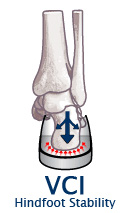Hallux Valgus (Bunion)
Print-Friendly VersionComplaints
- Pain and tenderness on medial side of the first metatarsal joint (big toe)
- Pain may increase when area is compressed
- Pain increases with walking and running activities
Possible Causes
- Pronation may increase symptoms
- May be hereditary
- May be aggravated by soft and unstable shoes
Shoe Profile
The long axis of the shoe should provide maximum torsional control of medial foot rotation (pronation) and the midsole should provide proper vertical support. Proper support lessens the pressure on the joint of the big toe during the weight-bearing phase of the gait cycle. A wider toe box is advisable to decrease pressure on the first metatarsal head.
Orthotics
Neutral (mild pronators) – Over-the-counter may be beneficial
Moderate to excessive pronators – Custom orthotics may be beneficial
Shoe Recommendations
The following shoes meet these criteria. Please click on the appropriate link to see the shoes and their test data.
Recommended Accessories
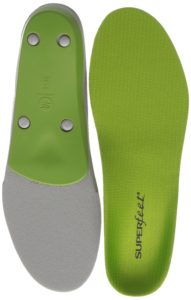
SuperFeet arch supports
Reduces pronation and stabilizes the foot to reduce unwanted forces on the bunion.
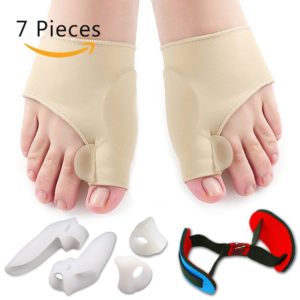
Bunion splints
Assist in passively straightening the big toe. Can be effectively worn at night.
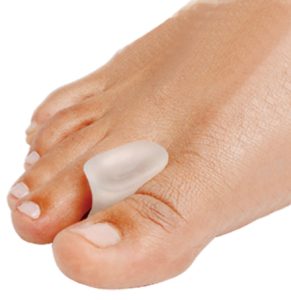
PediFix Toe Spacers
Can be worn in a shoe and may provide comfort and pain relief.
Exercises
**Please consult your physican before engaging in an exercise program.**
Big Toe Joint Up Stretch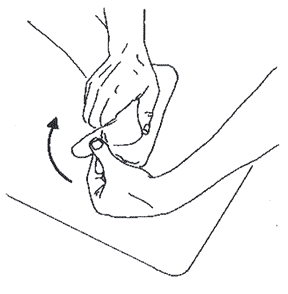 |
Big Toe Joint Down Stretch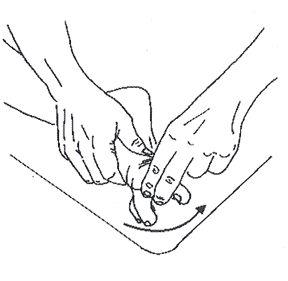 |
|
|
Images reproduced courtesy of T.E.D.© (Therapeutic Exercise Database) V. 2.0


